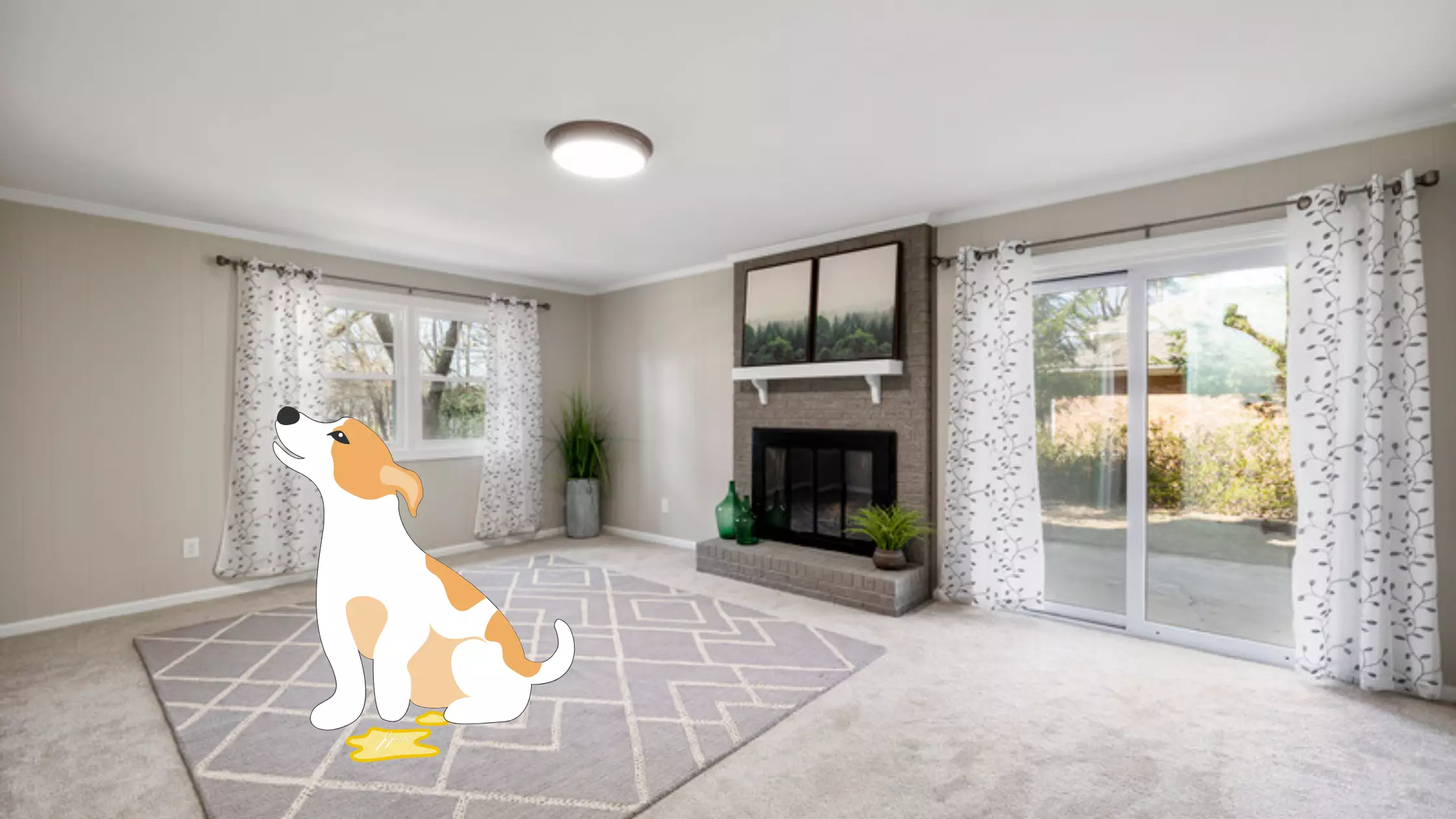Advertisement
Topics
Uproot Cleaner Pro
15,146 ratings
4.2/5
Easy and reusable pe hair removerer for couch, carpet, rugs, gets every pet hair.
Keep Youself Updated With Our Daily Cleaning Tips and Guides, Reviews, Latest Ideas for Home Design and Decorations, Best Cleaning Services Recommendations and More on Uproot Cleaner Pro.
Recent Posts
August 23, 2023
Opportunities
FREE Online Courses Offred By Google With Certificate…
August 19, 2023
Opportunities
Unskilled Jobs in the UK with Visa Sponsorship…
August 18, 2023
TOP 10
The 10 Best Outdoor Home Security Cameras for…
August 12, 2023
movies
Bhola Shankar Movie Download Filmyzilla Hindi Dubbed HD…
June 8, 2023
Design & Decor
How to Determine if a Painting Agency is…
June 8, 2023
TOP 10











